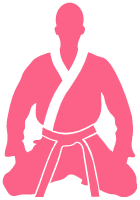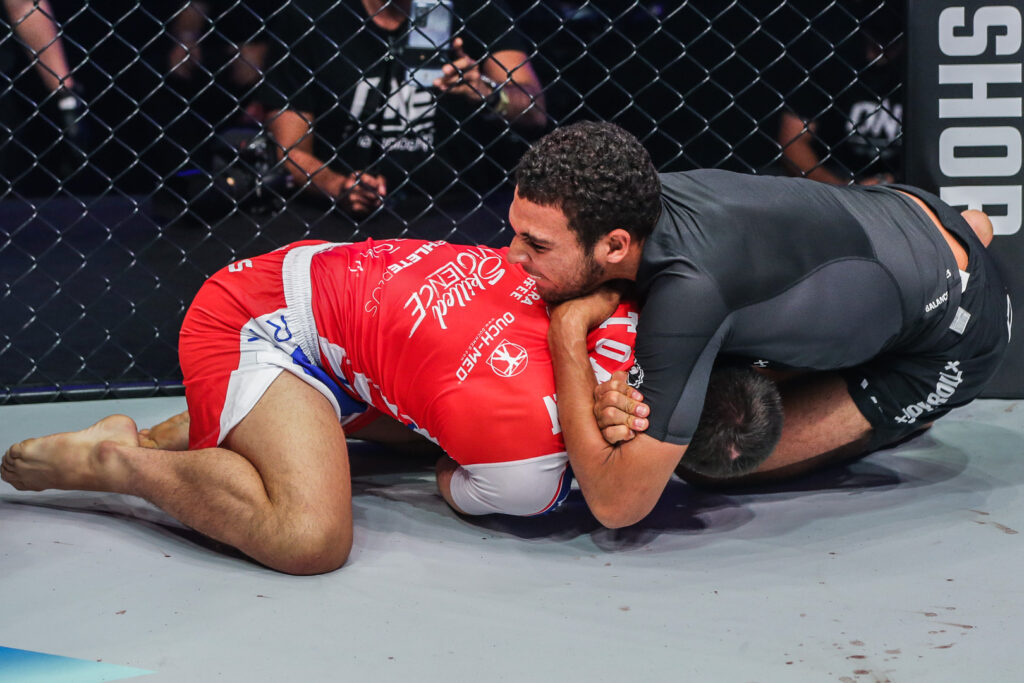The D’Arce choke, also known as the Brabo choke, is a powerful submission that can catch your opponent off guard and secure you the win. It’s a versatile move that can be applied from various positions, making it a valuable addition to any grappler’s arsenal. In this guide, we’ll break down the D’Arce choke step-by-step, so you can add it to your submission game.
Setting up the D’Arce Choke:
To set up the D’Arce choke, you first need to secure a front headlock on your opponent. From here, reach your opposite hand over your opponent’s back and grab their triceps. Next, thread your other arm under their armpit and around their neck, clasping your own bicep. This will create the grip necessary for the choke.
Securing the Choke:
With the grip in place, it’s time to secure the choke. To do this, drive your shoulder into your opponent’s neck and push your clasped hands towards their opposite shoulder. This will create a powerful squeeze that will put pressure on your opponent’s neck.
Applying Pressure with the Shoulder:
To increase the pressure, drive your shoulder into your opponent’s neck while keeping your clasped hands tight. This will make it difficult for your opponent to breathe and will force them to tap out if they can’t escape.
Finishing the Choke:
To finish the D’Arce choke, bridge your hips up towards your opponent’s head while continuing to drive your shoulder into their neck. This will make it even harder for them to breathe and will force them to tap out.
Common Mistakes to Avoid:
One common mistake when attempting the D’Arce choke is not securing the grip tightly enough. If your grip is loose, your opponent can easily escape. Another mistake is not applying enough shoulder pressure, which can make it easier for your opponent to breathe.
Drilling the D’Arce Choke:
To master the D’Arce choke, you need to drill the move repeatedly. Start by practicing the setup and securing the choke, then move on to applying pressure with the shoulder and finishing the choke. The more you practice, the more comfortable you’ll become with the move, and the more successful you’ll be in using it during live sparring and competitions.
Hey there! Just a heads up that some of the links in this post are affiliate links, which means that if you click on them and make a purchase, I may earn a commission. But don’t worry, it won’t cost you anything extra – in fact, you might even get a sweet deal! Plus, every purchase made through one of these links helps support my blog and keep the content coming. So, if you do decide to make a purchase, thank you so much for your support – it means the world to me!
All the best,
Will







